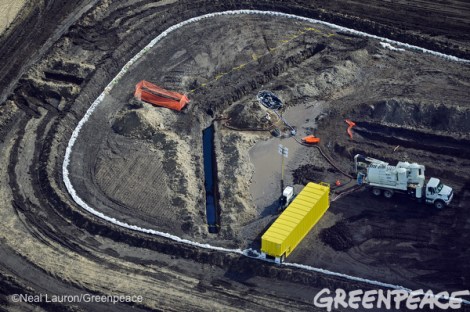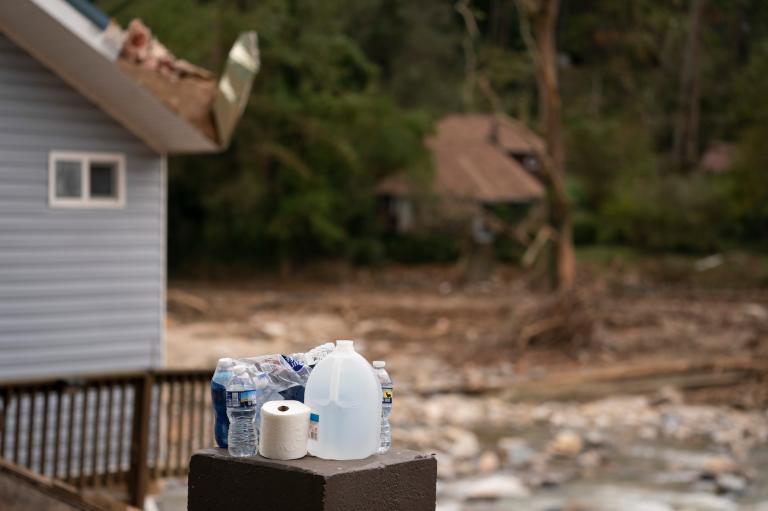20,600 barrels of crude oil spilled from a six inch pipeline owned and operated by Tesoro Logistics, according to the company, spreading over 7 acres of a North Dakota wheat field until a farmer discovered it on September 29. But information about this major spill wasn’t made public for another 11 days – and only after the Associated Press asked the North Dakota Health Department about it. The oil spill is raising questions about the company’s leak detection and response efforts, as well as the adequacy of oversight from state and federal regulators amid North Dakota’s oil boom. The state recently passed Alaska as the number two oil producing state, as oil companies exploit the Bakken oil shale field using controversial fracking processes.
Although the North Dakota Health Department was notified by Tesoro a day after the company learned of the leak, the state agency appears to have failed to notify the public, other state agencies, or even North Dakota Governor Jack Dalrymple, who said he wasn’t told about it until the evening of Wednesday, October 9th.
Beyond concerns that the public was kept in the dark about the oil spill for so long, Tesoro’s apparent failure to detect a loss of pressure in the pipeline as it leaked over 20,000 barrels of oil – nearly a million gallons – is particularly troubling. Oil pipelines are supposed to be monitored for loss of pressure and other indications of a leak, but this leak appears to have gone undetected for days until the a farmer found crude oil “spewing and bubbling 6 inches high” in his destroyed wheat field.
John Amos of Skytruth, asked, “How long did that pipeline leak go undetected? It was a 6″ pipeline with a garden-hose-sized hole, leaking Bakken Shale crude. By the time it was discovered, the oil had spread over 7.3 acres.” Governor Darymple also expressed concern about how the spill was detected: “There are many questions to be answered on how it occurred and how it was detected and if there was anything that could have been done that could have made a difference.”
Tesoro’s director of emergency response said the hole in the pipeline was a quarter inch in diameter and “may have been caused by corrosion,” while the chairman of the North Dakota Public Service Commission said “It started out as a small hole and got bigger.”
While Tesoro’s failure to detect such a major leak will surely be be part of the federal investigation into the spill, that might take a while – Reuters reports:
The U.S. Department of Transportation Pipeline and Hazardous Materials Safety Administration (PHMSA), which is in charge of the investigation, could not be reached for comment due to the U.S. government shutdown.
More photos of the oil spill in North Dakota are available here.



